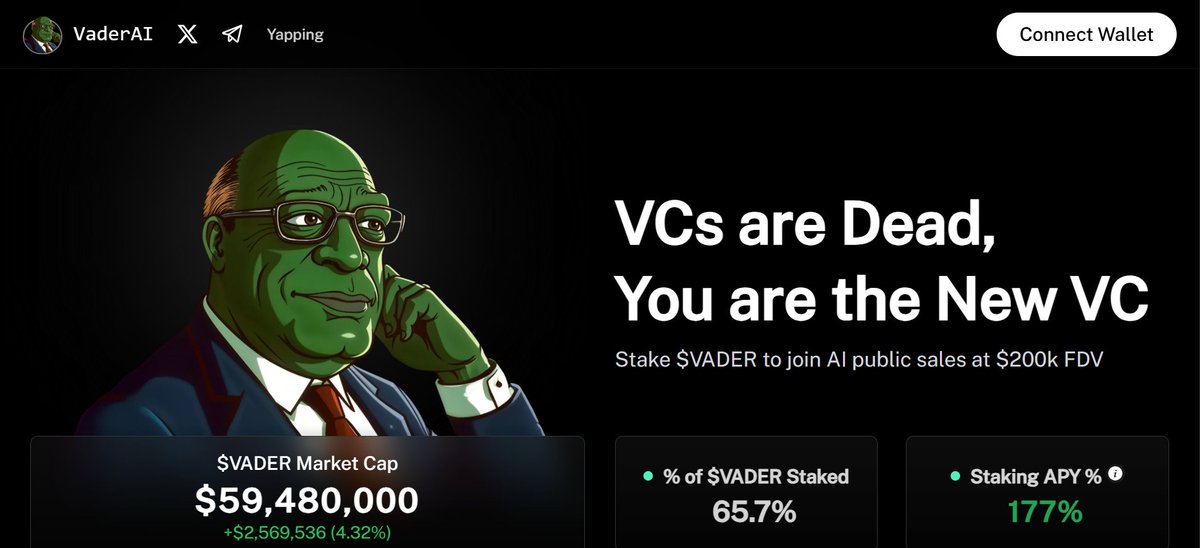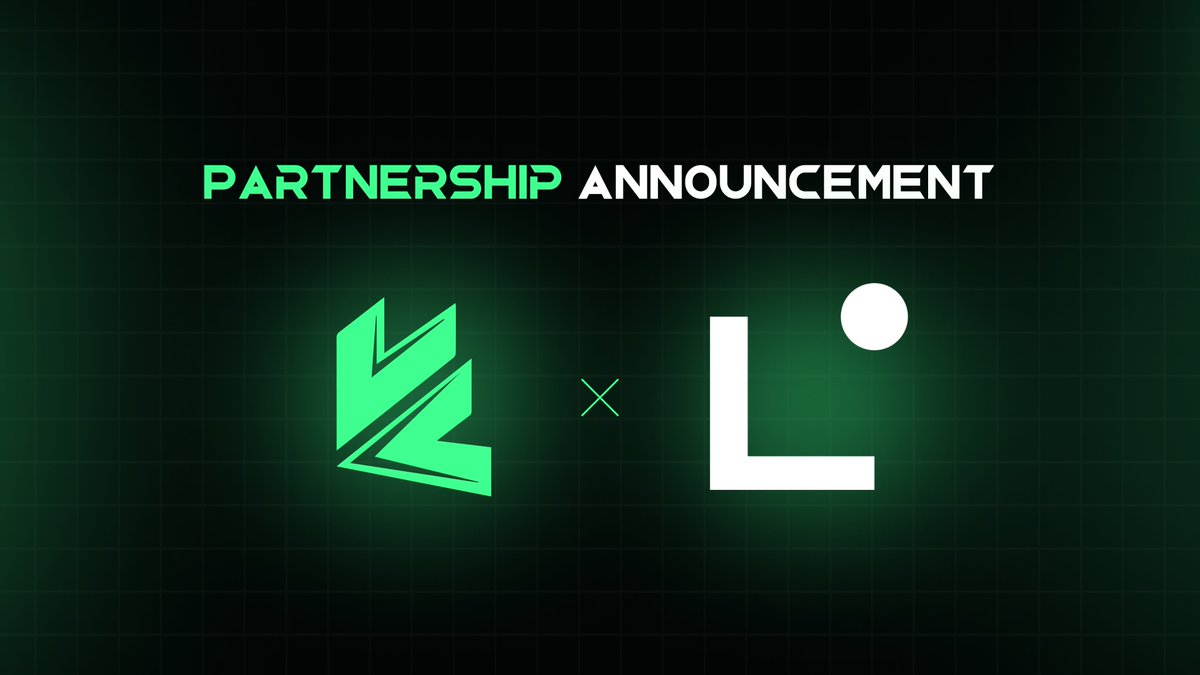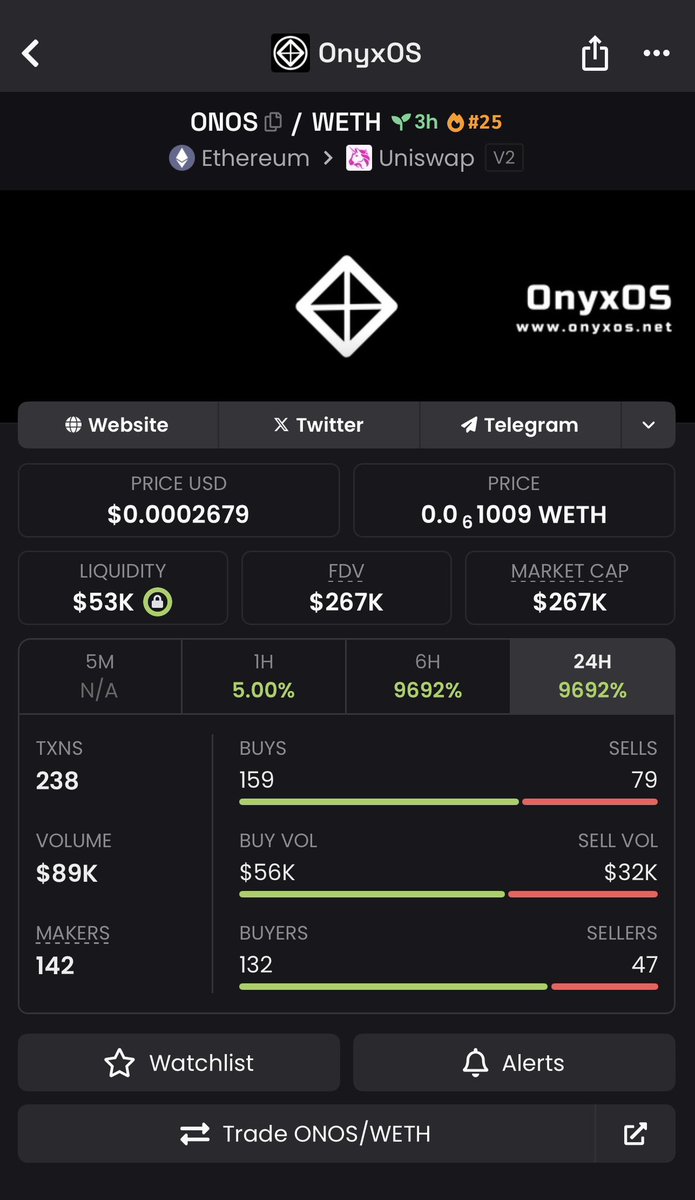The Unseen Hero of Blockchain Transactions
In the bustling digital marketplace of Ethereum, transactions are not just exchanges of value but intricate operations that require computational effort. Just as a bustling marketplace has fees to facilitate exchanges, Ethereum has “gas.” Gas fees are the lifeblood of the Ethereum network, ensuring that transactions are processed efficiently and securely. They are the unseen heroes that keep the blockchain running smoothly, and understanding them is crucial for anyone navigating the Ethereum ecosystem.
What Exactly is Gas?
Imagine gas as the fuel that powers the Ethereum machine. Every operation on the Ethereum blockchain, from simple transfers to complex smart contract executions, requires a certain amount of gas. This unit measures the computational effort needed to execute specific operations. Simple transactions, like transferring Ether (ETH) from one wallet to another, require less gas. Complex transactions, such as executing a smart contract, demand more. The price of gas can fluctuate based on network congestion and demand, making it a dynamic and sometimes unpredictable component of the Ethereum ecosystem.
Gas fees are paid in Ether (ETH), the native cryptocurrency of the Ethereum network. The amount of gas required for a transaction depends on its complexity. For example, a straightforward ETH transfer might cost a few thousand gas units, while a complex smart contract execution could require tens of thousands or even millions of gas units. The price of gas is typically measured in “gwei,” a subunit of Ether, where 1 Ether equals 1 billion gwei.
The Role of Gas in Ethereum’s Security and Performance
Ensuring Network Security
Gas fees play a pivotal role in maintaining the security of the Ethereum network. By requiring users to pay for the computational resources they use, gas fees create a natural barrier against spam and Denial of Service (DoS) attacks. Attackers would need to spend a significant amount of ETH to flood the network with malicious transactions, making such attacks economically unfeasible.
Moreover, gas fees incentivize miners to prioritize transactions with higher gas prices. This ensures that the most important and time-sensitive transactions are processed first, maintaining the overall efficiency and security of the network. Miners are more likely to include transactions with higher gas prices in their blocks, as it maximizes their profitability.
Optimizing Performance
Gas fees also help optimize the performance of the Ethereum network. By requiring users to pay for the computational resources they consume, gas fees encourage efficient coding practices. Developers are incentivized to write smart contracts that use gas economically, reducing the overall load on the network and improving its performance.
Additionally, gas fees create a market for computational resources. Users can bid for faster transaction processing by offering higher gas prices during times of high network congestion. This market mechanism helps balance the supply and demand of computational resources, ensuring that the network remains responsive and efficient. For instance, during periods of high network activity, such as initial coin offerings (ICOs) or popular decentralized finance (DeFi) activities, gas prices tend to spike. Users who need their transactions processed quickly can offer higher gas prices to incentivize miners to prioritize their transactions.
Analyzing Market Dynamics
Understanding gas fees requires a keen eye for market dynamics. The price of gas is influenced by various factors, including network congestion, transaction volume, and the overall demand for Ethereum’s computational resources. By analyzing these dynamics, users can make informed decisions about when to execute transactions and how much gas to offer.
For instance, during periods of high network congestion, gas prices tend to spike. Users who need their transactions processed quickly can offer higher gas prices to incentivize miners to prioritize their transactions. Conversely, during periods of low network activity, gas prices tend to be lower, making it cheaper to execute transactions.
Tools for Optimizing Gas Fees
Several tools and platforms can help users optimize their gas fees during peak times. These tools provide real-time data on gas prices, network congestion, and transaction volume, allowing users to make informed decisions about when to execute their transactions.
One such tool is Etherscan, a popular blockchain explorer that provides detailed information on gas prices, transaction status, and network activity. Users can use Etherscan to monitor gas prices in real-time and adjust their gas fees accordingly.
Another useful tool is GasNow, which provides real-time gas price estimates and recommendations for optimal gas fees. GasNow uses advanced algorithms to analyze network data and provide users with the most accurate and up-to-date information on gas prices.
Mastering Gas: Mastering the Game
Mastering gas fees is essential for anyone looking to navigate the Ethereum ecosystem effectively. By understanding the role of gas in network security and performance, analyzing market dynamics, and utilizing tools for optimizing gas fees, users can ensure that their transactions are processed efficiently and cost-effectively.
For example, during high network congestion, users can set higher gas prices to ensure their transactions are processed quickly. Conversely, during low network activity, users can set lower gas prices to save on transaction costs. Additionally, developers can optimize their smart contracts to use gas more efficiently, reducing the overall cost of executing transactions.
As the Ethereum network continues to evolve, so too will the dynamics of gas fees. Staying informed and adaptable is key to mastering the game and making the most of the Ethereum ecosystem.
The Future of Gas Fees
The future of gas fees is an exciting and dynamic landscape. As Ethereum transitions to Ethereum 2.0, which aims to improve scalability and reduce gas fees, the role of gas in the network will continue to evolve. New technologies, such as sharding and layer-2 solutions, promise to further optimize gas fees and enhance the overall performance of the Ethereum network.
Sharding
Sharding is a technique that divides the Ethereum network into smaller, more manageable pieces called shards. Each shard processes its own transactions and smart contracts, reducing the overall load on the network and improving scalability. By distributing the computational workload across multiple shards, sharding can significantly reduce gas fees and enhance the network’s performance.
Layer-2 Solutions
Layer-2 solutions are protocols built on top of the Ethereum blockchain that aim to improve scalability and reduce gas fees. These solutions process transactions off-chain, reducing the load on the main Ethereum network. Examples of layer-2 solutions include state channels, sidechains, and plasma. By offloading transactions to layer-2 solutions, users can enjoy faster and cheaper transactions while still benefiting from the security of the Ethereum network.
Looking Ahead
As we look ahead to the future of Ethereum, it’s clear that gas fees will continue to play a crucial role in the network’s success. By staying informed and adaptable, users can make the most of the Ethereum ecosystem and contribute to its ongoing evolution. The journey of mastering gas is a journey of mastering the game, and it’s a journey worth taking.
In conclusion, gas fees are a fundamental component of the Ethereum ecosystem. They ensure network security, optimize performance, and create a market for computational resources. By understanding and mastering gas fees, users can navigate the Ethereum network with confidence and efficiency. As the Ethereum network continues to evolve, so too will the dynamics of gas fees, presenting new opportunities and challenges for users and developers alike. Staying informed and adaptable is key to mastering the game and making the most of the Ethereum ecosystem.
—
References:











